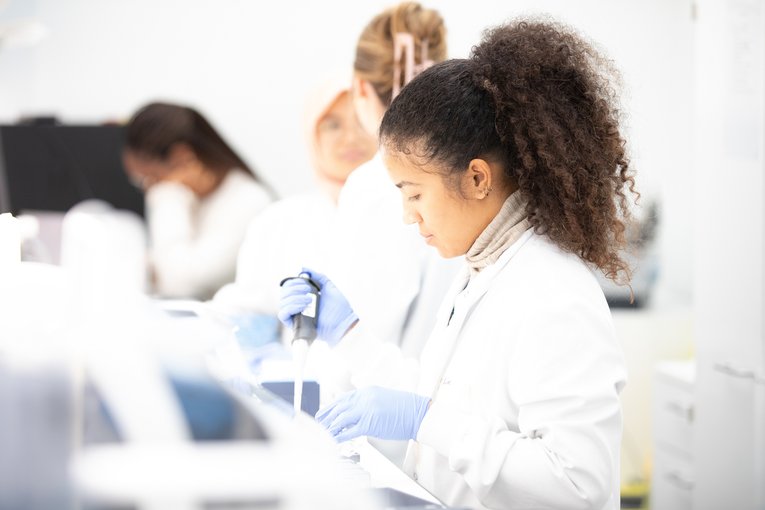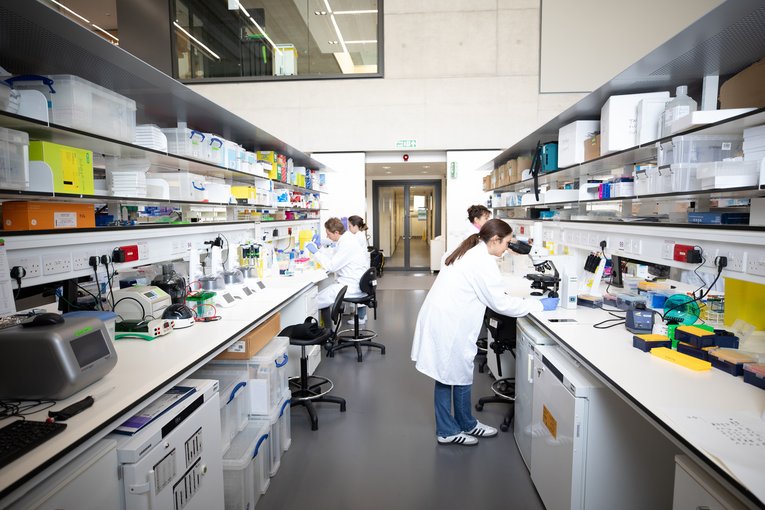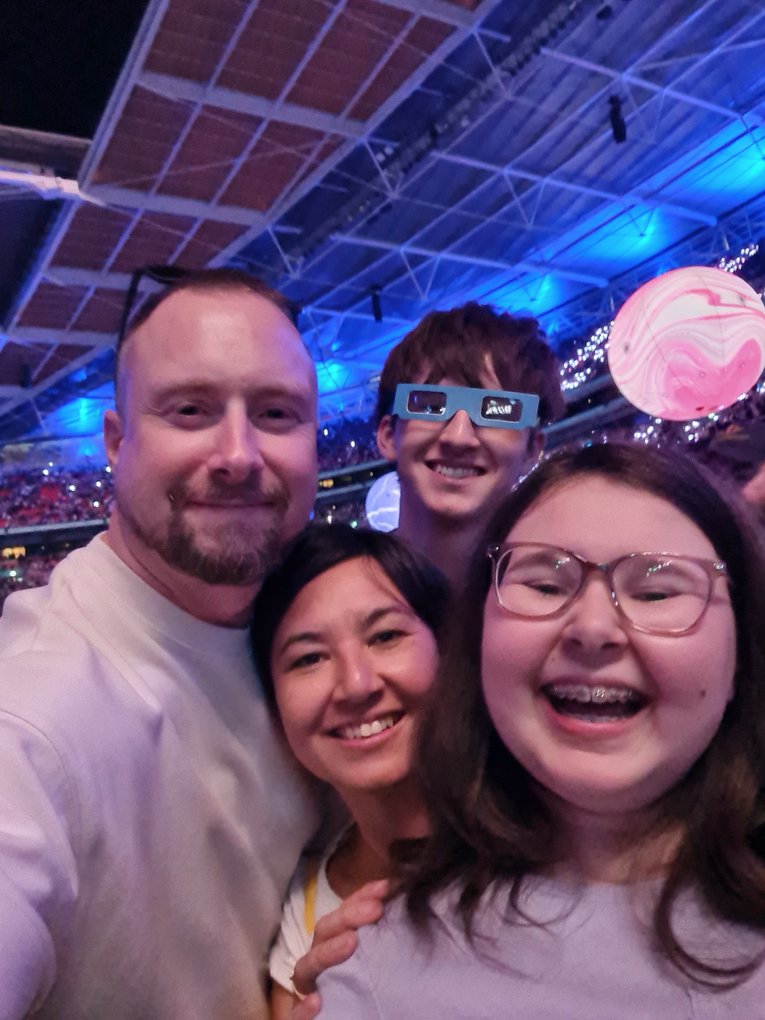
https://www.gosh.nhs.uk/our-research/our-research-infrastructure/nihr-great-ormond-street-hospital-brc/brc-news/cutting-edge-new-method-reveals-novel-cause-juvenile-dermatomyositis/
Cutting edge new method reveals novel cause of Juvenile dermatomyositis
25 Jun 2018, 10:18 a.m.
A new in-depth method has helped shed light on the key role of B cells, a type of immune cell, in the rare childhood condition Juvenile dermatomyositis (JDM).JDM, which affects just three children in a million, is a serious condition where the immune system attacks the body causing skin rashes and severe muscle weakness.
The new approach, which is part of the pioneering HIGH-5 programme at Great Ormond Street Hospital (GOSH) supported by the National Institute for Health Research GOSH Biomedical Research Centre, brings together genomic, clinical and molecular information to help researchers develop a clearer picture of the characteristics or “phenotype” of rare conditions and understand why patients are affected differently.
The team of researchers, who were based at Arthritis Research UK Centre for Adolescent Rheumatology at GOSH and the UCL Great Ormond Street Institute for Child Health (ICH), found that blood samples from children with JDM contained higher levels of a specific subset of B cells (immature translational B-cells) and increased levels of two proteins that cause inflammation (IFN alpha and TLR7). The more severe the child’s condition, the more B-cells, IFNalpha and TLR7 were present in the blood, and when the children were given treatments for JDM, including methotrexate and prednisolone, the number of B-cells and levels of IFN alpha and TLR7 decreased.
Samples for the study were collected from 68 children with JDM and 23 unaffected children from 17 contributing centres across the UK as part of the JDM Research Group.
This research, which was the first to use the HIGH-5 programme’s in-depth approach to phenotyping, identified INF alpha and TLR7 as promising targets for new therapies for JDM and as important indicators of the conditions severity and the patient’s risk of developing complications. The study's first authors were Meredyth Wilkinson and Christopher Piper .
Professor Lucy Wedderburn study senior author and director of the Centre of Adolescent Rheumatology said, “Our individual genetic codes and exposure to different environments makes all patients at GOSH different - even if they have the same condition. A deeper understanding of these differences through in-depth phenotyping like that in the HIGH-5 programme can help us develop more personalized therapies for patients with complex conditions. This project has identified two exciting new targets for future JDM therapies and illustrates the great potential of potential of deep phenotyping methods for research into childhood rare diseases.”
The study was published in Frontiers in Immunology.

NIHR launches £13.7m investment into brain tumour research
The National Institute for Health and Care Research (NIHR) has announced a £13.7 million investment that will support ground-breaking research to develop novel brain tumour treatments in the UK.

New consortium aims to help improve care for arthritis patients
A new UK-led research group, including Great Ormond Street Hospital and University College London, aims to improve the lives of children, young people and adults with arthritis by defining for the first time what being in ‘remission’ from arthritis truly

Update for patients and families on industrial action - December 2025
As you may be aware, some of our Resident Doctors will be taking part in planned industrial action from 7am on Wednesday 17 December to 7am on Monday 22 December.

‘Ready-made’ T-cell gene therapy tackles ‘incurable’ T-Cell leukaemia
A groundbreaking new treatment using gene-edited immune cells, developed at GOSH and UCL has shown promising results in helping children and adults fight a rare and aggressive cancer

